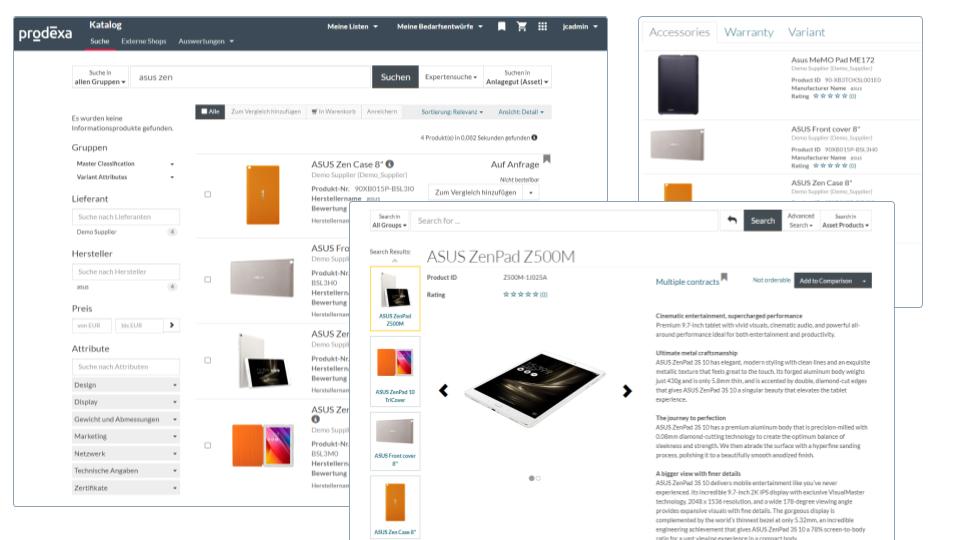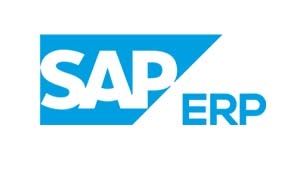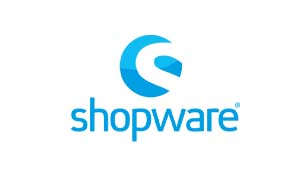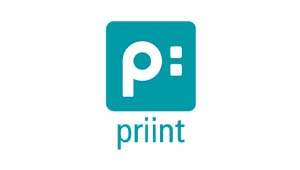
PIM for SMEs – What to Consider?
Professional omnichannel commerce is no longer a discipline exclusive to large corporations. The booming market of digital solution providers is also opening doors for small and medium-sized businesses…to the article
Use our cloud-based, AI-supported PIM software to showcase your products perfectly. Easily create your product information and make it come alive across all sales channels. Impress your customers with unique displays that make all the difference.

Product Information Management (PIM) and Product Experience allow for cloud-based, AI-assisted creation, distribution, and presentation of product information
With PIM, you can quickly create and easily manage great product information. PIM is the central management of all product information for consistent data, collaboration, and high information quality.
Learn moreDistribute products across all online and offline channels for sales and purchasing.
Export your products to all channels, marketplaces, eCommerce, and shops. Plan campaigns and publications for CMS, print, and product data sheets (PDF). Utilize self-service for supplier onboarding, catalog integration, and product listings.
Make product search and presentation easy for all customers in the shop, eCommerce, and sales channels. Product search and display form the foundation for successful sales and a great product experience. Support customers with guided selling, integrated into the shop and eCommerce.
Learn moreEffortless collaboration with shops, ERP systems, marketplaces, and all sales channels.










Central management of product data and media assets for consistent delivery across various channels.
Optimizing product information and links for a personalized customer experience.
High-quality product data and cross-selling features enhance customers' purchasing decisions.
Effective content management: Easy management of digital assets and product information to create engaging marketing content.
Access to comprehensive product analytics and reports to optimize sales strategies and business decisions.
Conversions
Cross- und Upselling
Time and Cost Savings
Customer Experience

Professional omnichannel commerce is no longer a discipline exclusive to large corporations. The booming market of digital solution providers is also opening doors for small and medium-sized businesses…to the article

Product data quality is often a key buying factor. With the implementation of a PIM system, companies save time and money. We have summarized the top five reasons.

How do the disciplines PXM, PIM, and DAM differ? We demonstrate the differences in data management systems and show how they relate and which business models they suit.